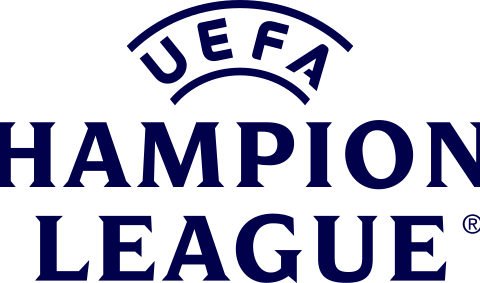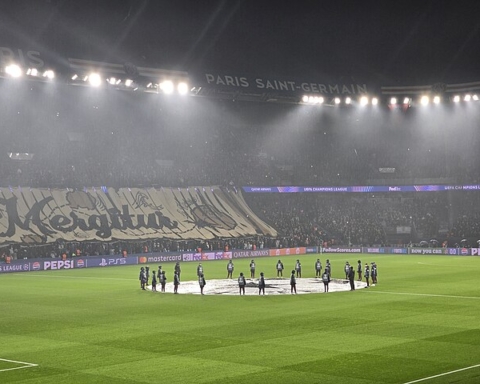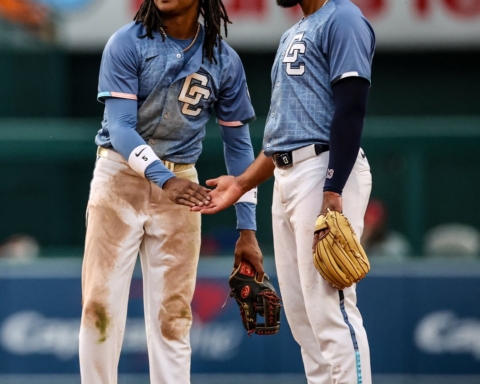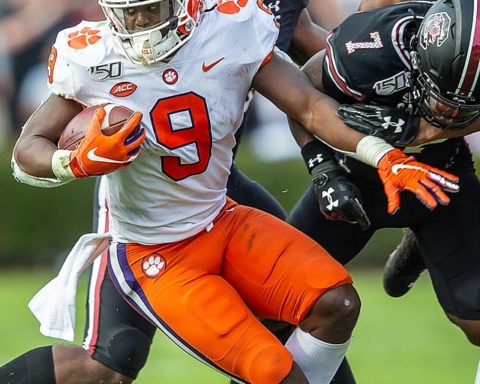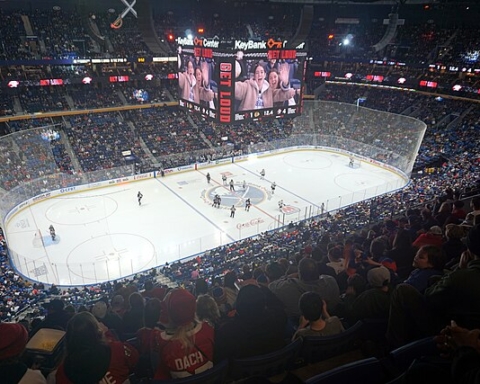By Gavin Lindahl
Assistant Sports Editor
Two months later, and the FIFA World Cup fever is far from eradicated. The world becomes drunk on soccer every four years, and this past go around was no different.
People who normally don’t care about soccer become just as passionate as loyal fans, including many people within the United States. Whether you know nothing about the beautiful game, or you’ve been kicking it about since you could walk, it’s impossible not to feel the effects of the World Cup.
A few weeks ago, I went to the club soccer meeting after hastily deciding that I was going to play this year. After reassessing how busy I am this semester, I found out that unfortunately wasn’t going to be possible. But if I did learn one thing from my extremely brief encounter with the club team, it’s the amount of people at the meeting had increased from last year.
It was no coincidence. Four years ago, I saw the same thing happen on my high school soccer team. At the start of my junior season, there was more new players on the team than kids who had played on the team in the past two years combined. My teammates and I wondered why, but we’d almost always get the same answer.
“I watched a lot of the world cup this summer, and it was awesome!”
Participation in the actual sport isn’t the only thing that spikes after every World Cup either. Attention to the sport itself also increases. After the 2010 world cup, I started noticing that all the soccer channels on T.V. were being offered for free. Again, it was no coincidence. People got a taste of the sport, and they wanted to see more of it.
The increased amount of attention to soccer was widespread. Everybody had a copy of EA Sports’ FIFA 11 video game – even the kids who just a year ago vowed never to own it. Soccer jerseys were the cool thing to have.
Kids on my football team we’re buying cleats that attempted to match the flashy color schemes of soccer cleats even though the year before, they’d mock from the other side of the practice field, “who’d want to wear highlighter-colored cleats?”
All these trends were at their height in the fall of 2011, and they’re at their height again now. Unfortunately, though, all fads die. Eventually, the soccer channels went away, nobody re-upped with the new FIFA game and my teammates went back to having cleats with strictly my school’s red color.
Although it seemed like only the real soccer fans who were around before June of 2010 were left, but that really wasn’t the case. Soccer may have not been as trendy as it was after the 2010 World Cup, but it wasn’t as irrelevant as it was before either. Soccer took ground and lost it, but in the end it was still in the green.
As soccer may be at its peak popularity right now here in the states, all I can hope is that it doesn’t revert back as much as it did after 2010. Hopefully one day, maybe not after this or the next World Cup, enough ground will have been made that soccer is as popular as it should be in the United States. But for the time being, us soccer fans might as well ride the wave.



